My Nokia Blog |
- Nokia Lumia 820, 920, 925 and 1020 will get BT LE support in GDR3
- Nokia Lumia 1020 vs Sony Xperia Z1: Oversampling Fight!
- Global Variant of Nokia Lumia 1520 to come with built in wireless charging!
- Poll: Should Windows Phone lose its capacitive buttons?
| Nokia Lumia 820, 920, 925 and 1020 will get BT LE support in GDR3 Posted: 01 Oct 2013 05:29 PM PDT There has been a little bit of confusion over the last week. Adidas released their miCoach app, and it was stated that it will support a Bluetooth Low Energy (BT LE) heart rate monitor, for the 520,620/5, and 720 devices. It was stated that the 820, 920/5 and the 1020 wouldn’t support these devices. Nokia Australia was asked about this, and they responded on twitter stating that these higher end devices don’t have the hardware to support it. This contradicts the paperwork at FCC and Bluetooth Org (governing body on Bluetooth standards) that says it supports such technology. After WPCentral ran the story, several Nokia staff tweeted that this wasn’t the case, and that these devices will in fact support it, in a coming update (GDR3). Today, both the official Nokia Care channel (@NokiaHelps), and Nokia Australia (@NokiaAustralia) came out and confirmed that they will be getting support in the next major update, which would of course be GDR3, expected to begin rolling out later this month.
Cheers dg for the tip! |
| Nokia Lumia 1020 vs Sony Xperia Z1: Oversampling Fight! Posted: 01 Oct 2013 08:23 AM PDT Dear MNB Readers! Our good friend Steve Litchfield has continued his tradition of great camera comparisons, this time, the two contenders are the Nokia Lumia 1020 with its 41 Megapixel camera and the Sony Xperia Z1 with its 20 Megapixel camera. A wise man once said, “It is not about the megapixels, it is how you use them.” Both devices, the 1020 and Z1, use their own form of oversampling. Steve quickly details the idea behind oversampling in his article:
Steve has years of experience doing camera comparisons and here are his test notes:
I have always been one to want to see technology improve for all, regardless of the manufacturer or any biases. It is great to see other companies put more effort into their cameras because at the end of the day, it is a win for consumers as we have more choices and less sacrifices in the quality and features that we need and want. I look forward to the next few years in the mobile industry as OEMs are going to have to work harder for our money, the 3 main OSes are becoming similar from an app perspective, not number of apps but app A, app B, app C may be on all 3 OSes, and this will lead to innovations in other areas. Without further delay, please head on over to AllAboutWindowsPhone for the full article and comparison photos and to see the results of another great camera shootout. If you’d like, come back and leave us a comment or two about the results, your thoughts on oversampling, sharpness, camera humps, crop zoom, saturation or anything else that comes to mind concerning this topic. What camera phone are you using currently and what do you think about the competition such as the iPhone 5S, the Moto X with the latest camera software update and what about a HTC One refresh with a higher MP camera? The things that make you go hmmmmmmmm….. Deaconclgi Source: AAWP All images and AAWP content is Copyright (©) All About Windows Phone 2011-2012 |
| Global Variant of Nokia Lumia 1520 to come with built in wireless charging! Posted: 01 Oct 2013 03:34 AM PDT
According to some details on the FCC tests performed on the Nokia Lumia 1520, there will be two versions. One with and one without built in Wireless Charging. I’m a big fan of the convenience of wireless charging. Just setting things down on a charging plate, fatboy pillow, charging stand, car holder etc without plugging it in…bliss.
Wireless charging built in may mean a slightly thicker device – or perhaps just slightly more expensive if, due to the large 6″ display of the 1520 there’s more internal space for wireless charging. Which would you go for? Source: FCC Via: WMPU Cheers Alvester for the tip! |
| Poll: Should Windows Phone lose its capacitive buttons? Posted: 01 Oct 2013 02:16 AM PDT
This topic has come up many times, what with some preferring the physical or capacitive keys and others wishing it were done away with (with the alternative being virtual or even gestures).
It’s posing quite an interesting discussion over at Reddit. With regards to Nokia Lumia users, we were treated to this possibility before the first Lumia was ever known. Remember that N9 with virtual buttons? Yeah they looked ugly but it did show a potential future. Unlike most Androids with virtual keys, the N9 version didn’t eat up screen pixels because WP was 800×480 and the N9′s screen was 854×480. An extra 54 pixels for virtual buttons. Pros for losing capacitive/physical face buttons:
Cons for losing capacitive/physical face buttons:
There’s much more to add of course but now I have paediatric respiratory diseases to read up on |
| You are subscribed to email updates from My Nokia Blog To stop receiving these emails, you may unsubscribe now. | Email delivery powered by Google |
| Google Inc., 20 West Kinzie, Chicago IL USA 60610 | |
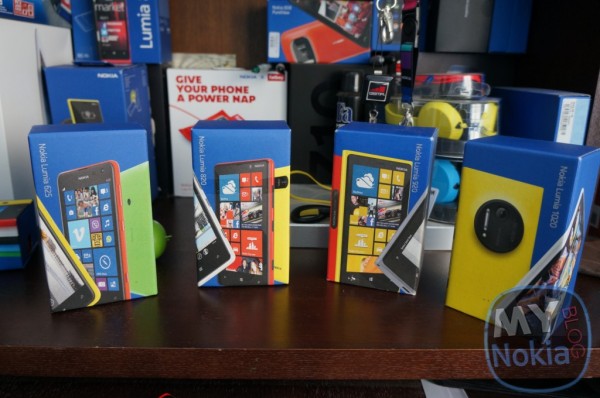
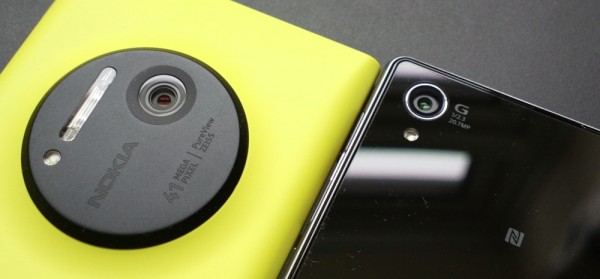

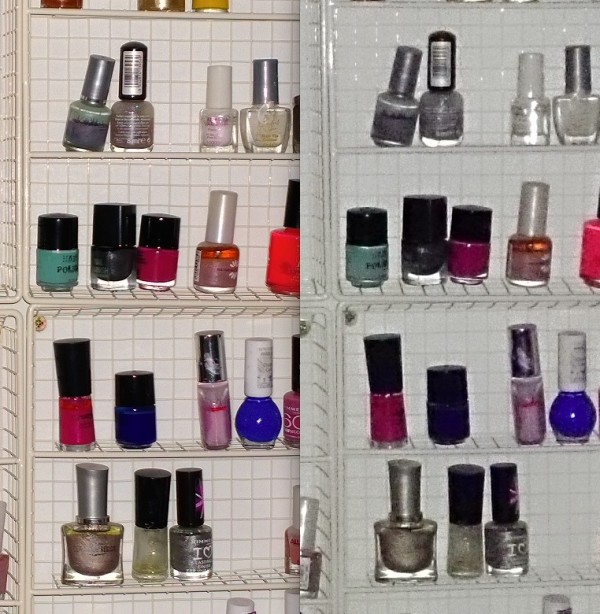

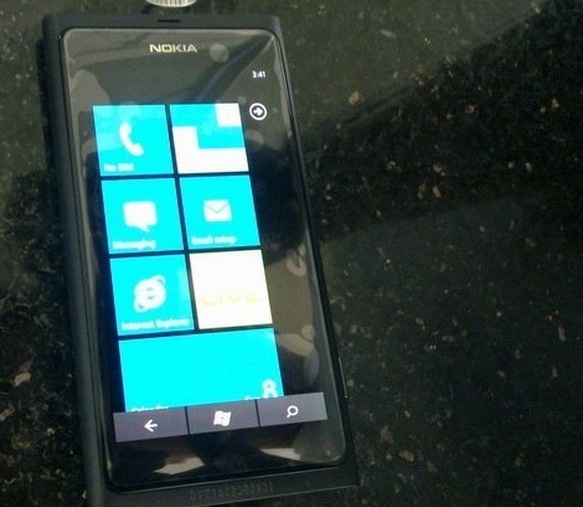
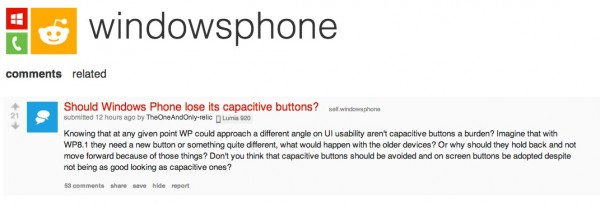
No comments:
Post a Comment